
Yo-Yo Ma, The 6 Unaccompanied Cello Suites Complete, Sony Classical, 2010, CD
Mstislav Rostropovich, Bach: Cello Suites, Warner Classics, 1995, CD
A few months ago, I developed a fascination with Bach’s Suites for Solo Cello after acquiring a superb edition of the music arranged for bassoon by Arthur Weissberg. Playing them made me want to hear them to I picked up a recording of all six suites performed by legendary Russian cellist, Mstislav Rostropovich. I listened to them both in the car and my theater and was immediately struck by how Russian they sounded. When you’ve spent most of a lifetime (40+ years in my case) playing classical music, you learn to recognize the styles of music from different countries. There is a distinct style to compositions from Great Britain versus Germany versus Russia versus America. And South American composers like Heitor Villa Lobos or Francisco Mignone have their own unique flair.
These styles carry over to performance. Yes, Bach was a German composer but after listening to Rostropovich play the suites in a very dark and heavy way, I yearned for a second opinion. This is not to say he didn’t play them well; quite the contrary. He navigates them with a chilling beauty that takes their amazing form and symmetry to an almost Romantic level.
So, I picked up Yo-Yo Ma’s Grammy-winning recording. I have a connection to this performance as he recorded it in Jordan Hall at the New England Conservatory in Boston, my alma mater. I played many chamber and orchestra concerts in this glorious space which has a completely unique sound and feel. If you are a classical music fan, it’s a concert destination worth traveling to.
Yo-Yo Ma performs the suites with a light and beautiful hand, but his style is almost Mozartian. Technically, the two recordings are equal, but Ma plays most of the music at faster tempos and with a bit more abandon. He builds phrases rhythmically rather than dynamically.
Which recording did I prefer? Neither. I listen to them both in equal measure. When I’m studying the music, I’ll analyze both performer’s interpretations and try to combine my favorite features into something that works on the bassoon. Obviously, I can’t mimic a cello’s double-stopped chords, but the two recording’s nuances have become an invaluable resource to me as I endeavor to master some of the most iconic music ever written for a solo instrument.
If you’re a fan of Bach or the cello, I highly recommend both CDs.
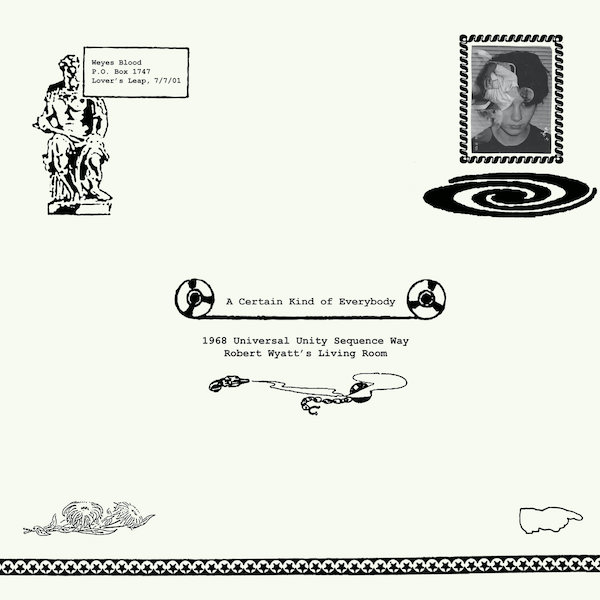
Weyes Blood, A Certain Kind b/w Everybody’s Talking, Bandcamp
The band’s name is pronounced “Wise Blood,” like the essential novel by Flannery O’Connor. And it’s also the nom de plume of Natalie Mering, a singer-songwriter, whose lovely vibrato and crack band are well worth hearing.
These two song covers are absolutely delightful. Mering chose to cover two songs from 1968 from two songwriters who shaped her music. Mering’s arrangement of Harry Nilsson’s “Everybody’s Talking” really captures the candor and sadness of the song. It starts slowly with an organ and Mering’s heavily echoed vocals, and as it builds it really begins to tug at my heartstrings. Gorgeous.
Secrets Sponsor
For me, the biggest surprise comes from her cover of Robert Wyatt’s “A Certain Kind.” Maybe it’s because I don’t think Mr. Wyatt gets the credit he deserves, but I am surprised and happy to hear one of his songs covered. Even though Wyatt acted primarily as a drummer in the first incarnation of the free jazz outfit Soft Machine, he always had a strong desire to write soul and pop songs. This song, in particular, found itself nestled in the cacophony of Soft Machine’s brilliant and hilarious first self-titled album. Do yourself a favor and jump into the deep and varied oeuvre of Robert Wyatt, and this cover is a great way to start.
Available from Bandcamp for $1.99US. Guaranteed to brighten up your day.

Marissa Nadler and Stephen Brodsky, Droneflower, Sacred Bones Records on Bandcamp
This is a collaboration between metal guitarist Stephen Brodsky and multi-instrumentalist/vocalist Marissa Nadler (whose deep catalog is well worth investigating). Sparse and brooding, the opening songs evokes for me a grand piano being played at midnight in a castle in Transylvania, while the moon shines brightly through curtains swaying in a cool lazy breeze.
And whoever is playing that piano is well trained in the classics and planning to rain terror on some unfortunate village. And there are probably bats in the belfry. So yeah, it’s a bit cinematic for me.
The album continues at the pace of a slow boil, with guitars, both acoustic and overdriven electric, adding to the texture and tension. Think of a much more gloomy Mazzy Star or Mark Lanegan and you’re on your way.
Recording quality is superb. The soundstage is spacious, with instruments’ notes filling a huge space. It sounds as though it was recorded in a church. The timbre of the acoustic instruments is also well preserved. The album ends with a cover of “In Spite of Me,” a song by Morphine from their album “Cure for Pain.” Dana Colley, saxophonist for Morphine makes a guest appearance for this.

Don Rickles, Don Rickles Speaks, Warner Brothers, Released January 1, 2010, Streamed from Tidal
At this very stressful time, comedy is welcome. Don Rickles was one of the best, and this is an excellent display of his sense of humor. It has a racist style to it, but that sort of thing was still acceptable with comedy in the latter part of the 20th century. It is not terribly racist. He just refers to Asians in a funny sort of way that would now be interpreted as such.

Martin Frost, Vivaldi – Concerto Koln, Sony, Released 4/3/2020, Streamed from Tidal
I am sticking to something nice during a period of fear. Vivaldi has always been a favorite of mine. This new album for clarinet and orchestra is an excellent choice for an afternoon with herbal tea, and a cat on your lap.
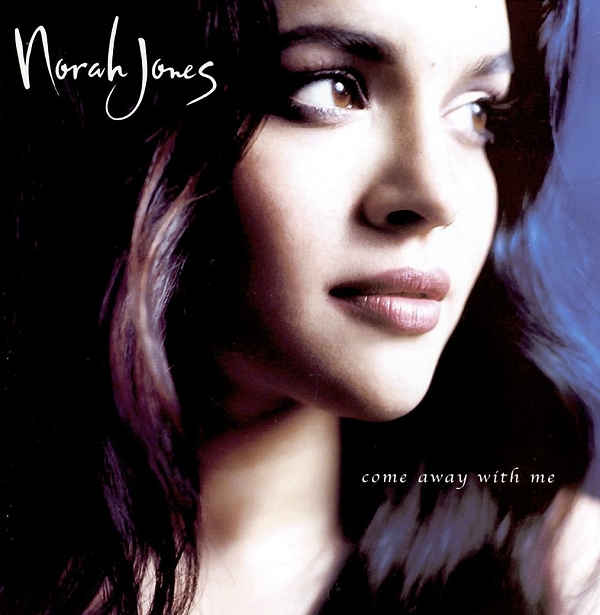
Norah Jones, Come Away with Me, Released 2/26/2002, CD
Some of our younger readers may not be familiar with Norah Jones. She is a pop singer with just the right kind of style that works against COVID-19. Don’t Know Why, the first track on this particular album, released very early in her career, is a classic. Again, have your pet near. Stay safe. Don’t be looking at the news feed on your cell phone.

Gene Ammons – Gentle Jug, Volume 3, Released 10/10/2000, Streamed from Tidal
Gene Ammons, nicknamed “The Jug” (died in 1974 from cancer at the age of 49) was one of the musician giants (tenor Sax) from that great jazz period in the middle of the 20th century. This particular album shows off his amazing talent at playing the blues. He spent some time in prison, so maybe that motivated him towards this style. Backed up by the classic Hammond B-3 organ. Turn this one on, and your spouse might come into the listening room and tell you,
“That’s nice.” That’s what happened to me. Streamed from Tidal.

Dvorak – Serenades, Supraphon a.s., Released 1/17/2008, Streamed from Qobuz
More music to relax by. Serenades and Meditation. Strings, winds. Soft and quiet. The cat on your lap will enjoy it too.
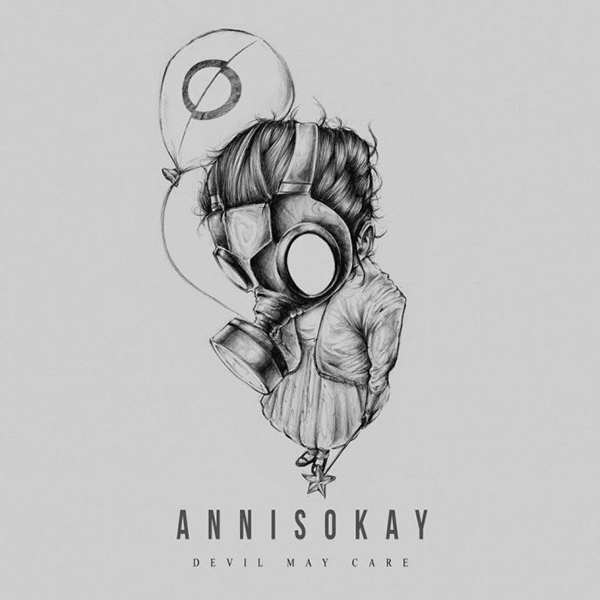
Annisokay, Devil May Care, Long Branch Records, 2016, Digital
Annisokay is a German band founded in 2007 that has put out some energetic and unique sounding albums. Their member line up has seen many changes but their sound stays the same, characterized by bright, clean vocals. I am always ready to hit play when they release a new song or album. They seem to get better and cleaner with each new album, I am currently listening through the “Arms” album as I write this, definitely worth checking out.
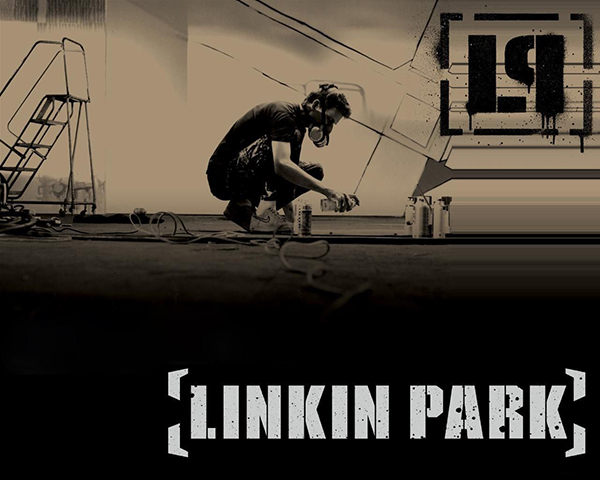
Linkin Park, Meteora, Warner Bros, 2002, Digital
The Coronavirus has me checking out some classics and of course, Linkin Park popped up on my playlist. The song Numb has over 1 billion views on Youtube and it still sounds just as good as the first day I heard it. I personally regard Linkin Park’s first few albums as their best, Hybrid Theory, Meteora and Minutes to Midnight are some of the best albums put out.
It was a sad day when we learned that Chester Bennington took his own life in 2017 and I will never forget his influence as one of the best rock vocalists of his generation. If you’re looking to break out some of the classics, check out Linkin Park.
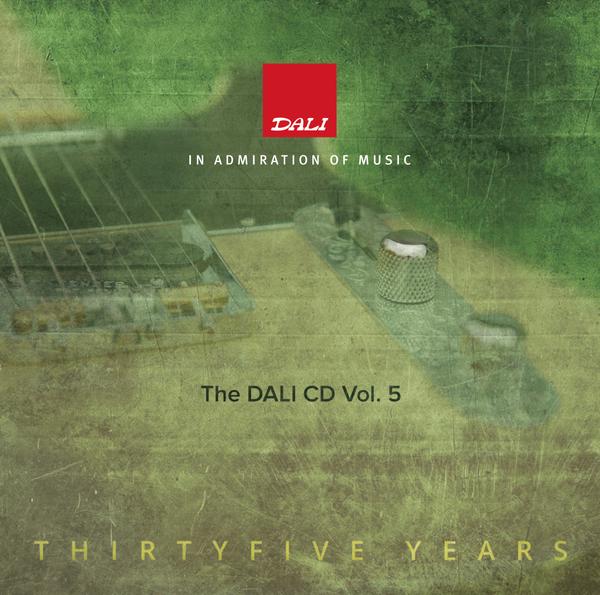
Various Artists, The DALI CD-Volume 5, DALI Music, 2018, 24/96 FLAC Download
The Danish loudspeaker maker DALI has been producing and recording the music of regional artists for some time now. Our own Piero Gabucci made mention of this fact in his recent visit to DALI’s headquarters. I happened to ask the DALI reps about it when I met with them at CanJam NYC and they briskly got me a copy of their latest compilation sampler (Volume 5 via High-Resolution download) to check out. So, what does one find in a music compilation of Danish regional talent?
A rather surprising array of Jazz, Blues, Bluegrass, Folk, Classical and what sounds like 80s and 90s Retro Pop/Rock. It is really good stuff from skilled musicians and performers that I never knew existed. It is impeccably well recorded, and I’ve enjoyed it several times in my studio as I’ve been drawing and painting. I will need to explore DALI’s music back catalog a little more and see what other surprises there are to discover!
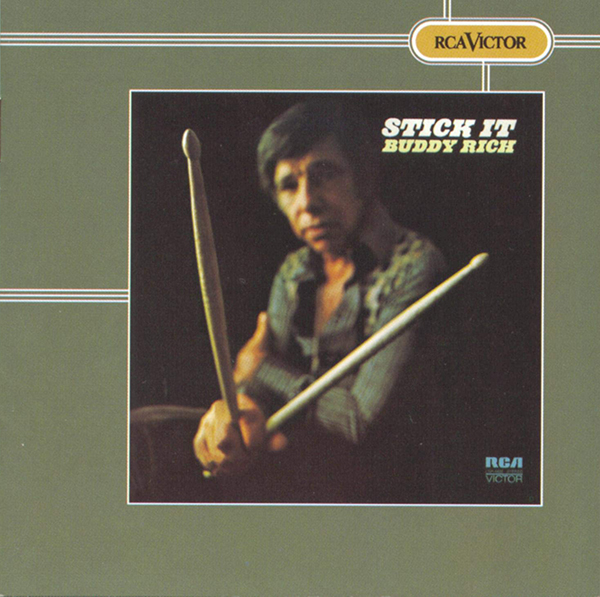
Buddy Rich, Stick It, RCA Victor, 1972, 16/44 via Qobuz
I’ve been a Buddy Rich fan for a while, and I discovered this album while looking at what was available from the late drummer and bandleader on Qobuz. I hadn’t heard “Stick It” before so a gave it a whirl. Classic 70s big band sound! The stuff you’d hear late night on Johnny Carson and other variety shows of the time. Monstrous drum work and a band so tight it’s like a coiled spring.
Standout tracks are “God Bless the Child”, “Best Coast”, “Space Shuttle” and a rather touching version of “Being Green” sung by Buddy Rich himself accompanied only by an acoustic guitar. Yes, that song made famous by Kermit the Frog!

Joey Alexander, Warna, Verve, 2019, 24/96 via Qobuz
Joey Alexander’s latest album is just wonderfully enjoyable jazz music. I enjoy this young virtuoso’s piano playing often while I am working. I like his unique take on classic songs that he covers, here with a bassist, drummer, percussionist and occasionally a flute player, but his own compositions are equally accessible and easy to get into. His version of Sting’s “Fragile” is just lovely.
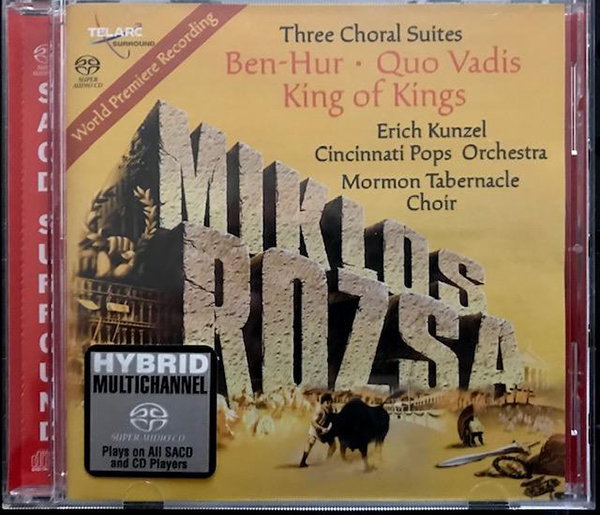
Erich Kunzel conducts the Cincinnati Pops Orchestra with the Morman Tabernacle Choir, Three Choral Suites: Ben-Hur / Quo Vadis / King of Kings, Telarc multichannel SACD, 2006
These choral suites were completed after the composer’s death and showcase, not only his command of the epic movie genre but his prowess as a choral arranger.
Rozsa composed many famous film scores, but the three on this disc are a world premiere recording of these scores set as a suite, which Rozsa was planning on doing himself, but died before he could finish them. The music is like the films they come from, heroic, bombastic, triumphant and emotional. Most of you will remember the Rowing of the Galley Slaves and Parade of the Charioteers from Ben Hur.
The pounding bass is phenomenal. Telarc often used an extra-large timpani for their recordings and I am pleased to say it is on full display here. In surround sound, with a properly set up subwoofer, you will be transported into a large concert hall with a seat in the sweet spot. The Mormon Tabernacle Choir was recorded in Salt Lake City and dubbed into the recording, but the sound is flawless and exhilarating. Their voices will wash over you and carry you away in exalted praise. Alas, the Telarc label is gone, but these recordings are still out there if you look hard enough. This one sounds stunning and is not to be missed. Alleluia!
Somehow, I manage to be the “odd man out” with my listening habits… At least nobody can accuse me of being in a rut!
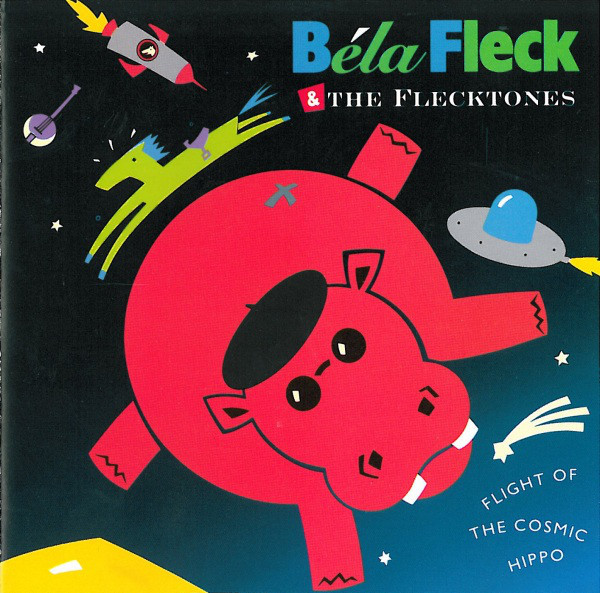
Bela Fleck & the Flecktones, Flight of the Cosmic Hippo, Warner Records, 1991, CD
Since I’ve been fiddling with subwoofers lately, I find virtue in Bela Fleck & the Flecktones – “Flight of the Cosmic Hippo.” If you REALLY want to see how your system handles apocalyptic bass contrasted with delicate banjo at the same time, I know of no other track that delivers like this one. Admittedly space-banjo music is an acquired taste, but some alcohol can help you make the acquaintance.
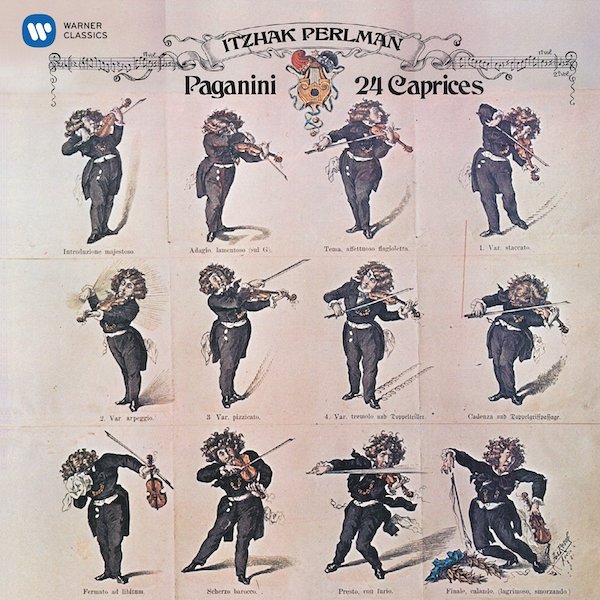
Itzhak Perlman, Paganini 24 Caprices, Parlophone Records, 2015, CD
And although there are more flamboyant violinists to be had, I still find solace listening to Itzhak Perlman. His technical chops and consistently good recordings make me seek out his work. A favorite cut for listening for high-frequency overtones is Mr. P’s rendition of “Paganini, 24 Caprices Op. 1.” The rest of the album is no slouch, but this first cut will definitely get your attention!
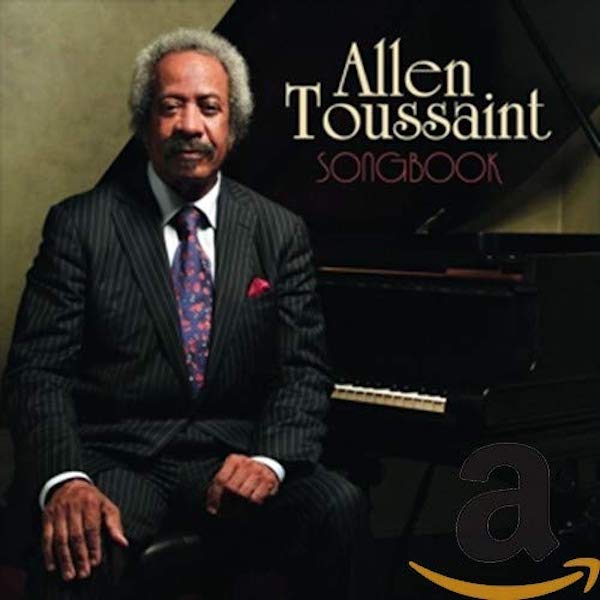
Allen Toussaint, Songbook, New Rounder Records, 2013, CD
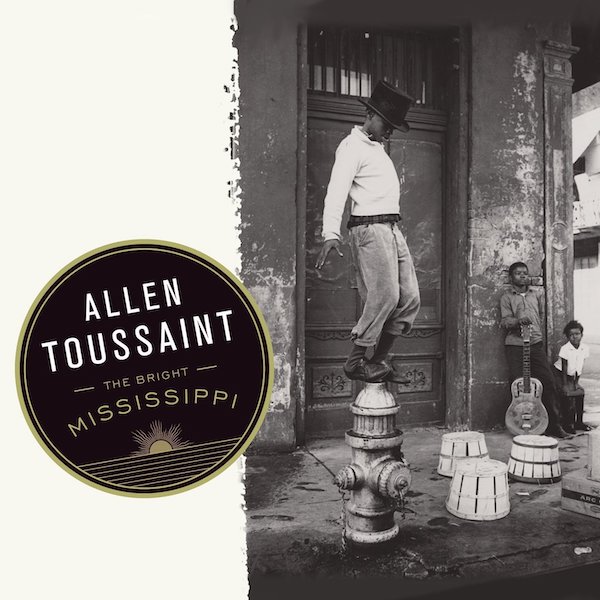
Allen Toussaint, The Bright Mississippi, Nonesuch Records, 2009, CD
In the genre of “local music” (at least for me, living in Louisiana), the late Allen Toussaint was a jewel. I’m particularly fond of “Soul Sister” and “It’s a New Orleans Thing” from his “Songbook” album, but for a feel for what he could do when he was being serious, listen to “St. James Infirmary” from his “The Bright Mississippi” album. If it doesn’t give you the shivers, there’s something wrong with your stereo!

The Eagles, Greatest Hits Vol 2, Asylum Records, 1982, CD
An oldie but a goodie is The Eagles’ “Seven Bridges Road.” Recorded live, this one will test the dynamics of your system. If your amps clip, if your speakers run out of headroom and distort, or if your room overloads, the midrange on this cut will definitely bring it to your attention. Despite its simplicity, it demands the best of your whole system and listening room. Got problems, this will let you know.
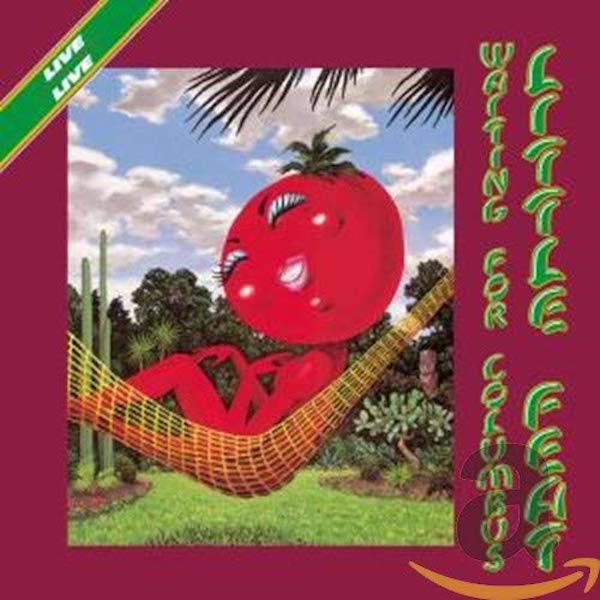
Little Feat, Waiting for Columbus, Warner Records, 1978, CD
And finally, the late Lowell George, frontman for “Little Feat” hits his stride with a band in ALL its glory on “Dixie Chicken” from the “Waiting for Columbus” album. Recorded live, this is another dynamic song that will cause you to turn up the softer parts only to be blown away by the louder ones. The band is amazingly talented, essentially playing jazz with each of the musicians taking over for some solo time.
It all comes together so tight and hot that everyone who hears this on my system stops what they’re doing and just listens. When she was young, my daughter, a classical violinist, among many other good things, was just in from school and going upstairs to get to her homework when she stopped dead in her tracks, sat down on the stairs, and just listened. I noticed her there, and since she normally wasn’t too interested in my styles of music, I asked her why. She said that “this music is really, really good!” And it really, really is! Enjoy.
Secrets Sponsor
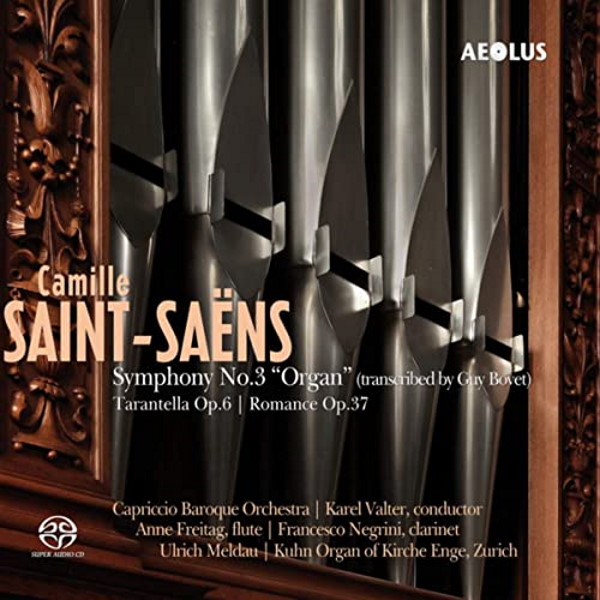
Camille SAINT-SAËNS Symphony No. 3 in C minor, Op.78 ‘Organ’ (transcription by Guy Bovet) Capriccio Baroque Orchestra under conductor Karel Valter and Ulrich Meldau organ. AEOLUS AE10097 SACD
No matter how tired you are of hearing recordings of the Organ Symphony it is a remarkable experience to hear, live even with an electronic organ. Since a live performance is a rare event, I would like to introduce you to this strange reworking of the piece that makes for an interesting listen for those that never want to hear it again.
If you do not know the Organ symphony, you should, but emphatically not starting with this recording. For newcomers, the Charles Munch recording with the Boston symphony and Berj Zamkochian is a place to start (Current CD release, which must be the 6th, is Sony Catalog # 88875192892 or go for the high-resolution download available on the UK Presto Music site).
This transcription puts the organ in all 4 movements making it an organ concerto with an added cadenza in the 4th movement. The hook is the orchestra is reduced down to Mozart size with a couple of trombones, cymbals and bass drum. No four-hand piano in the 3rd movement. That part of the score moves to the organ. The Capriccio Baroque Orchestra and conductor Karel Valter are better for a recording of material from the time of Mozart. One review says they are playing on historical instruments which would be more typical for a modern Mozart recording. The scoring is closer to the Rheinberger organ concerto #2, which lacks any woodwinds, than a late 20th-century work inspired by what Liszt was doing.
Yes, it appears to be like hot sauce on Jell-O but it works at least for one hearing. Material that would have been in the orchestra is transferred to the organ. At the same time, much of the doubling of the large orchestra in the original is removed. The transcription moves the work back in time except when the percussion comes in and sabotages the whole effort along with an added organ cadenza.
Obviously, this music is a streaming candidate since once or twice is enough of this performance. It is on Qobuz complete with the SACD’s booklet which is indispensable to understand the transcription. It is not on lossless streaming classical sites Primephonic and Idagio. They do not have a contract to stream the Aeolus label. No streaming site has every label.
The complete organ specifications are in the booklet. It has 4 keyboards (divisions) said to be built in the French organ tradition. It is housed in Zurich with a maximum pipe length of only 16 feet. This is not a recording of the organ symphony to demonstrate your sub-woofers to your audiophile friends. One annoying thing about the booklet is the overall analysis of the symphony is for the original work, not the transcription. Information on the transcription is tacked on after that.
It does make a great drop the needle for a bunch of musical friends who you can keep in the dark as they wonder if this is the alternate version, for smaller venues, by Saint-Saëns. The illusion ends in the middle of the 4th movement when the organ cadenza, not in the original score, shows up.
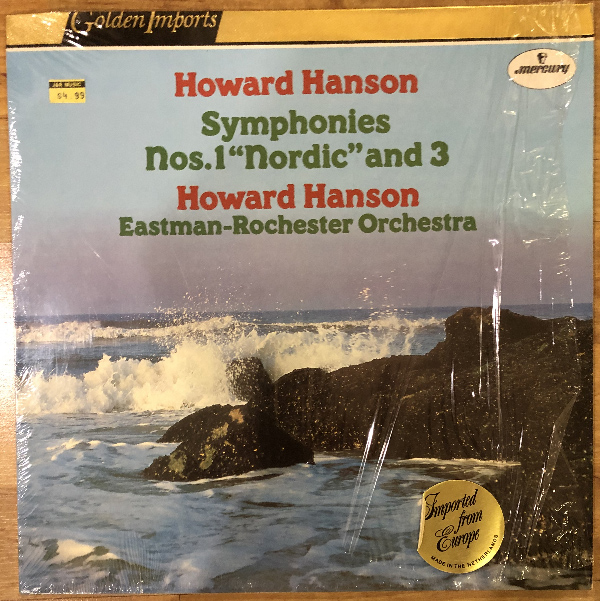
Eastman-Rochester Symphony Orchestra Conducted by the composer. Producer Wilma Cozart Fine and engineer C. Robert Fine Mercury Living Presence Catalog #: 4756867
Among American composers of the last century, who wrote multiple symphonies, Howard Hanson (1986 – 1981) ranks with Samuel Barber in the number recordings, amount of radio play and live performances. Copland takes the 1st position by a large margin with 10 times the performance overshadowing the others.
I have a lot to say about Hanson and I will be doing this over a survey of the symphonies in chronological order.
The Hanson 1st is the first of great American symphonies (1922) of the 20th century, written at 26 and maybe the only great American work which follows the symphonic structure of the 1920s. The Copland Dance, discussed last month, was finished in 1925 and is not structured as a true symphony. The Copland Organ Symphony (1923) is more a concerto then symphony. Other composers of the generation waited longer before they attempted a symphony.
Of all the better known American classical composers Hanson has no full biography and the auto-biography remains unpublished apparently with attempts to edit it being abandoned. Almost all materials are for scholars such as a 327 page documented catalog (James Perone 1993 Greenwood Press) and an 88-page book of interview transcripts: “Conversations with Howard Hanson” (David Williams 1988 by Delta Publishing. It has no ISBN number). It would be found only in major music libraries with some chance of an inter-library loan.
The best book for music lovers to read about Hanson the composer and his music is a chapter in the Walter Simmons Text “Voices in the Wilderness Six-American Neo-Romantic Composers” 2004 Scarecrow Press. The text should be in the Amazon cart for anybody interested in the art of American tonal classical composers. This is the first volume of a four-volume series with the first two by Simmons.
Hanson did not head to France as most other American composers born around the start of the 20th century, including Copland, did. In France, they were exposed to the modern music trends of the time. Hanson, however, went to Rome in 1921 as the first winner of the Prix de Rome in music studying for 3 years at the American Academy. As a side note Samuel Barber, who I mentioned at the top of this article, followed Hanson’s path receiving the same prize 13 years later.
Hanson worked with Respighi in Rome. You can hear it in the Orchestration but the source material is unclear as to if Hanson was a composition student of Respighi. Hanson says he spent a good deal of time studying Palestrina in Italy and you can hear modal scales in his music (Williams).
The Symphony #1 was written during this time. Hanson had Swedish immigrant parents. He cites Sibelius as an influence. Hanson visited Sweden during the period he was in Rome. Hanson’s musical voice during this time and the work’s symphony is instantly recognizable as his. While the work’s title is Nordic, it is hard to find much Sibelius in it. Hanson says the music of the Swedish Lutheran Church “impressed me very emotionally” (Williams). A Swedish folk tune may be incorporated in the final (from album notes of the LP in the photo).
American music scholar Nicholas Tawa finds the work to be exceptionally written for a 26-year-old. Tawa writes “Surprisingly for a young composer, he succeeds in staying away from clumsy construction and affectations” Once back in America he was made Director of the Eastman School of Music after the inventor of the Kodak camera heard this work. Eastman endowed the institution and Hanson turned it into a world-class college of music over the 40 years he headed it.
The 1st symphony needs to move fast. The best performance is the composer’s in 1942, bringing it in at 25 minutes (It is on Qobuz, search on label Biddulph, a label not on any other streaming site. An example of the Qobuz catalog’s depth is the availability of 78 RPM era and mono classical recordings if the site’s dreadful search engine allows you to find them. Trust me, they are there).
Hanson’s 2nd recording of the first symphony is prized for its sound, recorded by Mercury Living Presence, it is two minutes longer (LP reissue shown in the photo) and better played. I have an SACD of this in 3 channels in a bank vault. I have never seen a hi-resolution download of any kind for this recording. About 20% of the Mercury Living Presence SACD reissues are available in hi-resolution stereo.
Gerard Schwartz did the first complete set of Hanson Symphonies at the beginning of the CD era. Those CDs set off the rediscovery of the American symphonic music written in the middle of the 20th century. Simmons believes Schwartz heard the Hanson recording and this influences his interpretations. Adding another two minutes over the Hanson does the work no favors taking the youthful life out of the work.
The Nashville Symphony under Kenneth Schermerhorn turns in a slower (32 minutes) interpretation. Simmons finds this interpretation to be developed without hearing the original Hanson work, providing new insights. Hanson took a cut in the last movement according to one scholar (Neil Butterworth) which I think is restored in this recording (I had no access to the score). This may account for some of the additional time. A Naxos version provides an alternative view of the symphony.
The Hanson Symphony #1 makes a great entry point to the start of the Golden Age of the American Symphony.


